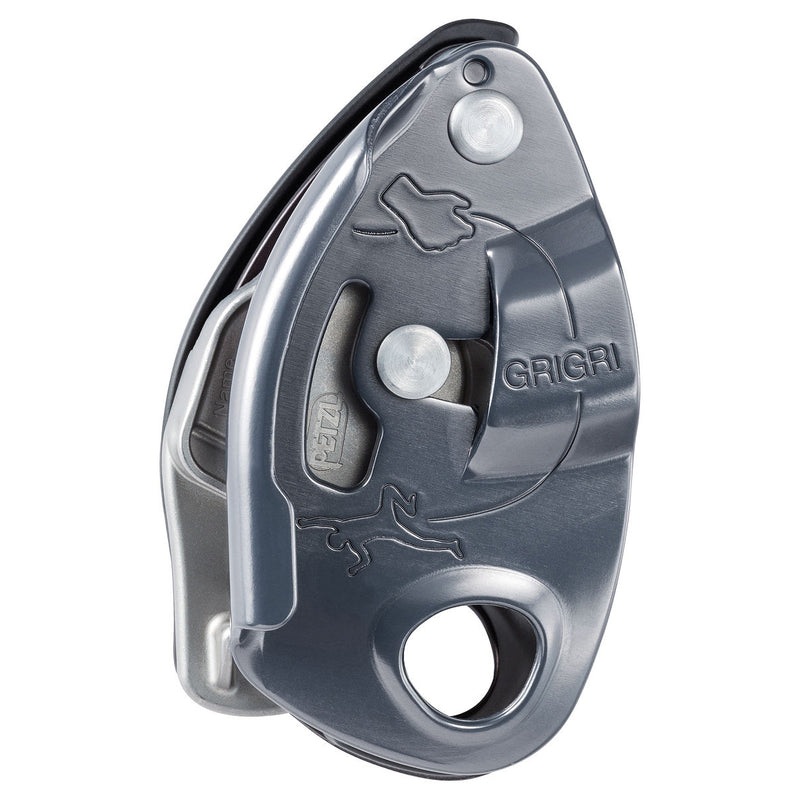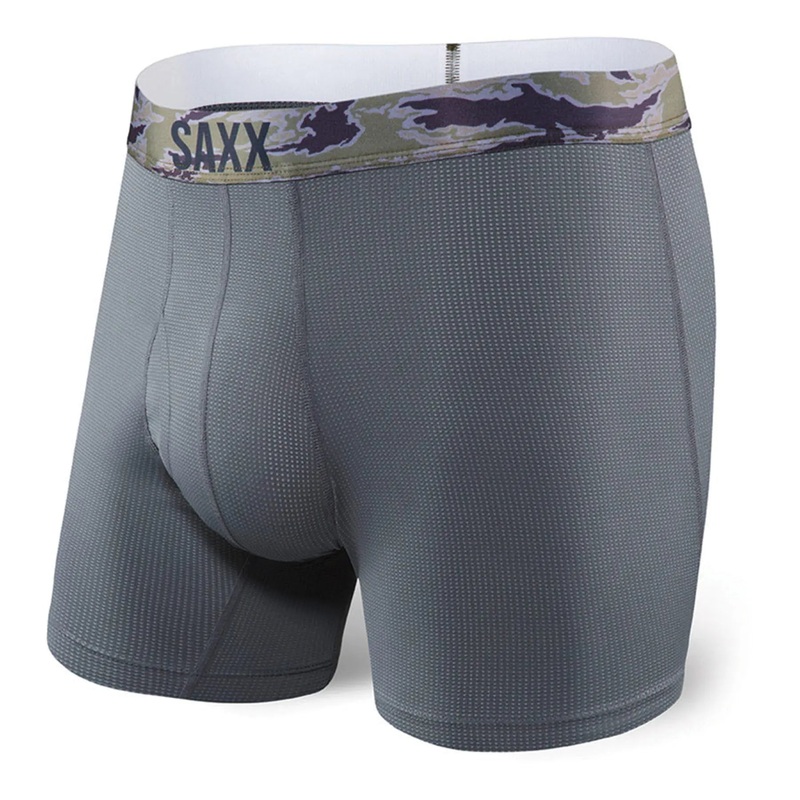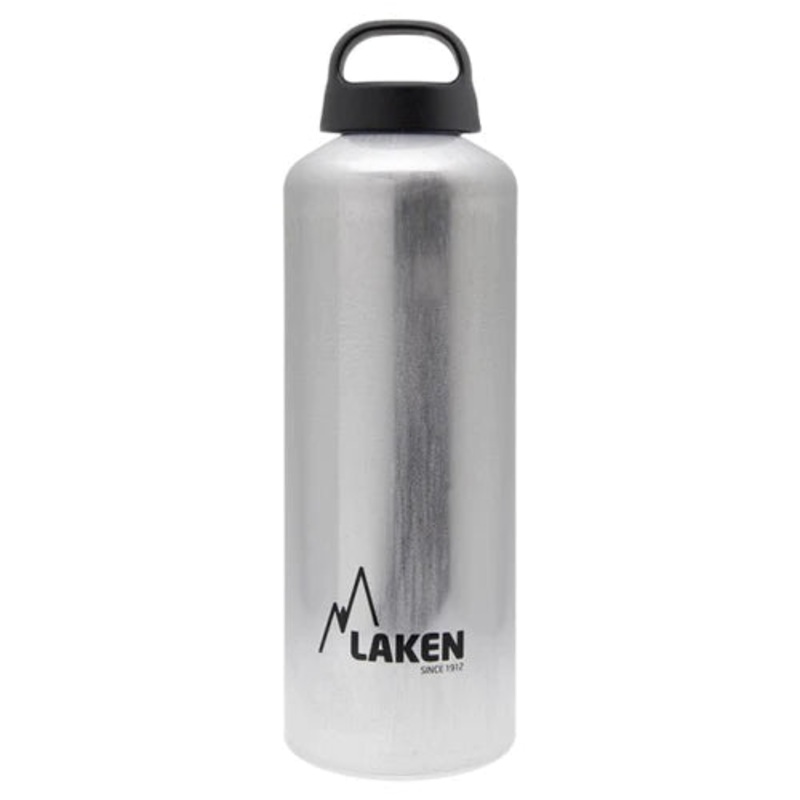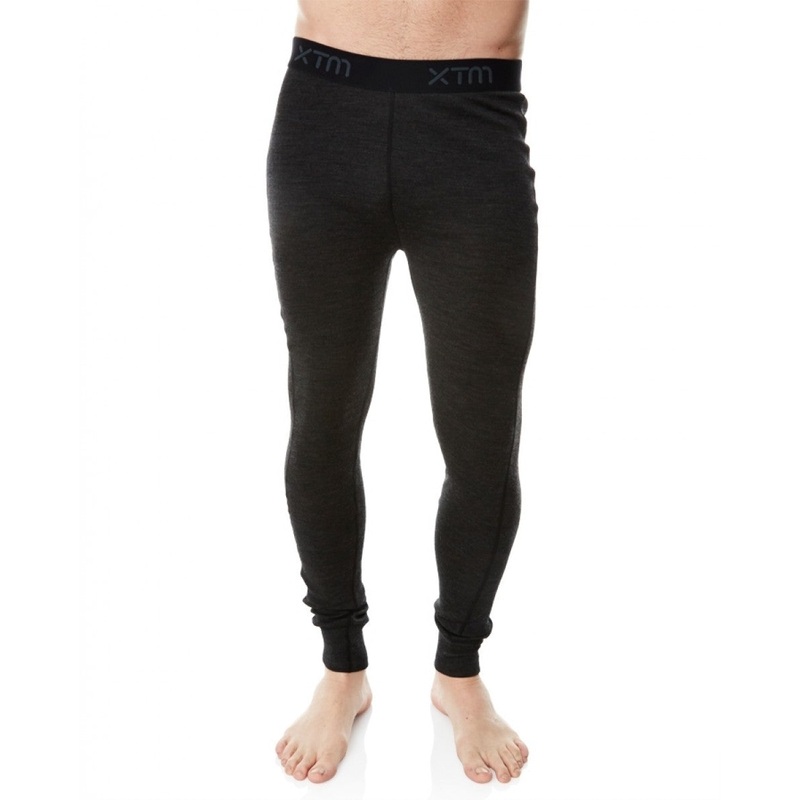Description
Petzl Grigri is a reliable and effective belay device that is perfect for both lead and top rope climbing. With its cam-assisted blocking, it provides a secure and effortless belaying experience in both the gym and on the crag. Its ergonomic handle ensures a smooth and comfortable descent for the climber, while its compact and lightweight design allows for use with single ropes ranging from 8.5 to 11 mm. It’s the ultimate choice for tackling challenging routes!
Features
The most lightweight and compact belay device with cam-assisted blocking in Petzls range:
- Designed for belaying both lead and top rope climbers.
- Boasts an optimally balanced structurelightweight (175 g), compact, and highly durable.
- Features cam-assisted blocking for enhanced belay comfort: when the climber falls or loads the rope, the system tightens, causing the cam to pivot and securely pinch the rope.
Ease of Use:
- Rope installation is straightforward, with a clearly engraved diagram on the device for guidance.
- Standard belay techniquesmaintaining a hand on the brake sideare used for both feeding slack and catching falls, ensuring intuitive operation.
- Cam-assisted blocking allows flexibility in hand positioning on the brake side, regardless of the angle between the climbers side and the brake side of the rope.
- Compatible with dynamic single ropes ranging from 8.5 to 11 mm in diameter, with optimal performance for those between 8.9 and 10.5 mm.
Descent Control:
- An ergonomic handle facilitates easy rope unblocking and controlled lowering.
- The handle and camming mechanism provide a 3:1 mechanical advantage, significantly reducing the effort required to smoothly regulate the descent speed, irrespective of rope diameter.
Specifications
| Weight | 175 g |
| Rope compatibility | 8.5 to 11 mm single rope |
| Material(s) | Aluminum side plates, stainless steel cam and friction plate, reinforced nylon handle |
| Certification(s) | CE EN 15151-1, UKCA, UIAA |
| Inner Pack Count | 1 |
Technology
Technical Notice
- Download the PDF : technical-notice-GRIGRI-3 – 3.25 MB
Declaration Of Conformity
- Download the PDF : UE-Declaration-D014BAXX-GRIGRI – 0.64 MB
- Download the PDF : UKCA-Declaration-D014BAXX-GRIGRI – 0.54 MB
Tips for maintaining your equipment
- Download the PDF – 3.56 MB
Inspection
PPE inspection procedure
- Download the PDF – 1.64 MB
PPE checklist
- Download the PDF – 0.23 MB
Video
Technical Content
ASCENDING A ROPE WITH GRIGRI, GRIGRI + AND NEOX
|
WARNINGS
|
Ascending a rope is necessary in certain situations, for example if you descended too far on a rappel and need to go back up to reach the next rappel station. GRIGRI, GRIGRI + and NEOX can be used to ascend a rope, keeping the rope taut and taking up slack as you ascend.
WARNING: from the moment you stop, start, ascend, descend or even pendulum on a fixed rope, you make it all the more vulnerable to abrasion. Locate possible rub points on the rock as you descend, as this will tell you how much movement you can allow yourself in the event of a problem.
Note: the NEOX is less effective than the GRIGRI in this usage, due to the lag time in blocking (maximum one half rotation of the wheel) as described in the Instructions for Use. See also the technical tip: Normal sound of the NEOX.
If the rock is not too steep and allows you to stand on your feet:
Keep the brake side of the rope in your hand and take up slack as you ascend.
If you need to let go of the rope for your tasks (e.g. untangling the rope, making a belay), tie a knot in the brake side of the rope (see technical tip: Hands-free position with GRIGRI and NEOX).
Note: In any case, you must not let go of the brake side of the rope and climb. Self-belayed climbing is not allowed with the GRIGRI, GRIGRI + or NEOX.
Below an overhang or in any situation without support for the feet:
Use an ascender (e.g. TIBLOC, BASIC or even a Prusik) on the rope, and a sling to stand up in.
|
1. Tie a knot in the brake side of the rope to have your hands free to install the ascending system. 2. Install an ascender above your descender. Pass the brake side of the rope through the carabiner on this ascender to create a self-hauling effect. Install a sling as a footloop. 3. Pull on the brake side of the rope at the same time as you stand up in the footloop: tension on the descender is maintained at all times, with the rope taut between you and the top anchor. Hold the brake side of the rope throughout the maneuver. Note: If your available equipment allows it, it may be worthwhile to tether yourself to the ascender. This helps prevent losing it during operations and placing it out of reach in the event of user error. (The diagram does not show this lanyard for the sake of clarity). |
BELAYING A SECOND FROM ABOVE WITH GRIGRI, GRIGRI + AND NEOX
GRIGRI, GRIGRI + and NEOX can be used for belaying the second from the belay station on multi-pitch routes.
Two techniques may be used: belaying with the device on the anchor, or belaying with the device on the harness with the rope redirected. In both cases, the rope must be installed in the device in the same way, respecting the marking indicating the climber side of the rope. The belayer must never let go of the brake side of the rope.
|
Advantages:
Disadvantages:
|
Advantages:
Disadvantages:
|
Take care to avoid any blocking of the device or any pressure on the cam that could negate the braking action on the rope.
The belayer must continuously hold the brake side of the rope, even while the climber is stopped.
WARNING: With NEOX, but also with GRIGRI and GRIGRI +, on thin or new ropes, if the rope isn’t held, it will slide through the device under its own weight, creating dangerous slack for the climber. This can happen more easily when belaying with the device on the anchor.
If the belayer needs to have their hands free, a stopper knot can be tied in the brake side of the rope.
RAPPELLING WITH GRIGRI AND NEOX
GRIGRI and NEOX enable rappelling on a single rope: on a retrievable system with one strand blocked, or on a fixed rope.
Hold the brake side of the rope and gradually pull the release handle. The handle helps adjust the friction, but the descent is controlled by the hand gripping the brake side of the rope.
Rappelling can be done on EN 892 dynamic or EN 1891 low stretch rope of a compatible diameter indicated on the device.
| There are several ways to set up the rope for rappelling: they are described in the technical tip, Multi-pitch rappelling with a single rope. |
|
Bottom Belay for Beginners A bottom belay is possible for beginners rappelling with a GRIGRI or NEOX (as with many other descenders): pulling on the rope from below can slow or even stop the descent. The person performing this maneuver must pull by hand, without hanging on the rope. |
WARNING: A strong pull on the brake side of the rope can cause the GRIGRI or NEOX to unblock.
With NEOX, GRIGRI + from 2017 and on, and GRIGRI from 2019 and on, unblocking and a consequent fall can occur if the rope below the user is heavily loaded. Unblocking can occur if the rope is loaded with a weight equal to or greater than that of the person rappelling.
Examples of dangerous situations:
Rescue from below:
- The rescuer must not ascend the rope of a person who is stuck on rappel.
- Bottom belay: the person performing the belay must not hang on the rope.
Multiple people rappelling in sequence, with descenders pre-installed on the rope:
- If the person waiting in turn to rappel has their descender pre-installed on the rope, it can be inverted (and thus unblocked) by the weight of the person rappelling below them. So it will not be operational when the second person wants to start their rappel.
BELAYING MULTI-PITCH ROUTES ON SINGLE ROPE WITH A GRIGRI.
When climbing a difficult pitch, a single rope is more convenient and straightforward for the climber. For the belayer, using a GRIGRI is also more convenient if the leader needs to work certain sections.
While Climbing
1. BELAYING THE LEADER DYNAMICALLY
With the GRIGRI, the movement of the belayer enables dynamic belaying. On a multi-pitch route, this movement is limited by the risk of hitting the belay station. A long tether gives the belayer room to move.
2. BELAYING THE SECOND
With a REVERSO:
- The leader can climb light with a REVERSO, which is convenient for belaying the second.
With a GRIGRI:
- Pay attention to the position of the GRIGRI: any blockage of the device or its cam will negate the braking action on the rope. To do this, see the technical advice on belaying a second with the GRIGRI.
| Advantages and disadvantages of single rope for multi-pitch climbing, compared to half ropes. Am i making the right choice? |
|
Advantages
|
Risks
|
| All these points must be taken into account to enable the rope team to select the right equipment for the planned route. The use of single rope on multi-pitch routes should be reserved for experienced climbers looking to work difficult pitches. |
USING THE GRIGRI/GRIGRI + WITH A LOW STRETCH KERNMANTEL ROPE
GRIGRI and GRIGRI + may be used with a low stretch kernmantel rope, with certain limitations on use:
| Observe the recommended rope diameter range (8.5 to 11 mm) | |
| Usage limited to top-rope belaying only. Warning: be sure to correctly identify low stretch kernmantel ropes to avoid any risk of confusion with a dynamic rope. | |
| Ensure you keep the rope taut between the climber and the belayer. |
CHOICE OF CARABINER FOR ATTACHING A GRIGRI OR NEOX TO THE HARNESS
Key Issues and RisksThe GRIGRI and NEOX must be detached and re-attached each time the rope is installed, on every pitch of the climb. The large number of manipulations during the day increases the risk of error. When the rope is taut, the carabiner and the device are held in position by the tension. But when the rope is slack, the device and its carabiner can move about and become poorly positioned. The belay/rappel systems carabiner is frequently used on its own, with no possibility for redundancy. If the carabiner opens or breaks, the user will certainly fall. The most important risks to consider
|
Recommendation on Carabiner and Accessories |
|
______________ Speed of use and auto-locking. |
______________ Reliability in dirty environments (mud, sand…). |
______________ Speed of use, shape helps resist rotation. |
______________ Triple action auto-locking. |
|
Why this choice? The D shape helps resist carabiner rotation. There is only one device to attach, so a wide opening and high capacity are not necessary. TWIST-LOCK auto-locking helps reduce the risk of forgetting to lock the carabiner, while maintaining a good speed of use. It can be used in this case, because the rope does not run through the carabiner (which could rub against the locking sleeve). BALL-LOCK auto-locking helps reduce the risk of forgetting to lock the carabiner, and offers the security of triple action locking. The shape of the FREINO helps resist rotation and bad positioning. It also offers an extra-friction solution for controlling the descent of a heavy user. |
Usage PrecautionsCarry out a partner check at each connection Regularly monitor your belay device and the positioning of the carabiner during use, especially when it is reloaded after having been unloaded Verify that the SCREW-LOCK sleeve is properly locked at each connection (red indicator not visible) With an auto-locking carabiner, check at each opening and closing that the sleeve is completely locked |
Notes: Beware of pear-shaped carabiners, which in this application have a tendency to rotate and often become poorly positioned.
UNBLOCKING A ROPE THAT IS JAMMED BEHIND THE CAM
In certain specific cases (for example, assisting the climber in regaining a high point after a fall, GRIGRI fixed on a carabiner attached to two points, rope climbing…), the rope can become jammed behind the cam. Don’t worry: this jamming does not damage the rope. Our internal testing shows that even with the smallest diameters, the rope remains intact, even if the climber falls. Note also that even with the rope in this position, the cam functions normally and the climber’s fall will be arrested.
Unjamming the rope is simple. Always hold the brake side of the rope when performing this action. If the rope is not under tension, push on the side of the device to reposition the climber side of the rope in the cam groove. If the rope is already under tension, simply pull on the brake side of the rope.
|
Initial state: the rope is jammed. |
Unjamming, if the climber side of the rope is under tension: pull on the brake side of the rope. |
|
Initial state: the rope is jammed. |
Unjamming, if the climber side of the rope is not under tension: push on the device to reposition the climber side of the rope in the cam groove |
TENSIONING A TYROLEAN WITH THE GRIGRI OR THE NEOX
Fix one end of the rope to an anchor point. Install the other end of the rope in the GRIGRI or NEOX, making sure to put it into the device in the right direction. Connect the device to a second anchor point with a locking carabiner. Lock the carabiner.
Tension the rope by removing all slack. The tyrolean must be hand-tensioned by one person, using a 3:1 pulley system if necessary, or hand-tensioned by two people.
Once the rope is taut between the two anchors, secure the GRIGRI or NEOX by making a tie-off against the device.
WARNING: A tyrolean creates a very high load on the anchor points.
Make sure the anchor points are sufficiently strong.
Falls are prohibited on tyroleans.
WARNING: Unblocking an over-tensioned or overloaded tyrolean can be difficult. GRIGRI and NEOX are not covered under warranty if you break the handle because your tyrolean is too tight.
Tip for unblocking: make a 3:1 haul system as indicated in the diagram. Pull on the free end of the rope to release the tension in the device and make the handle easier to use.









Reviews
There are no reviews yet.